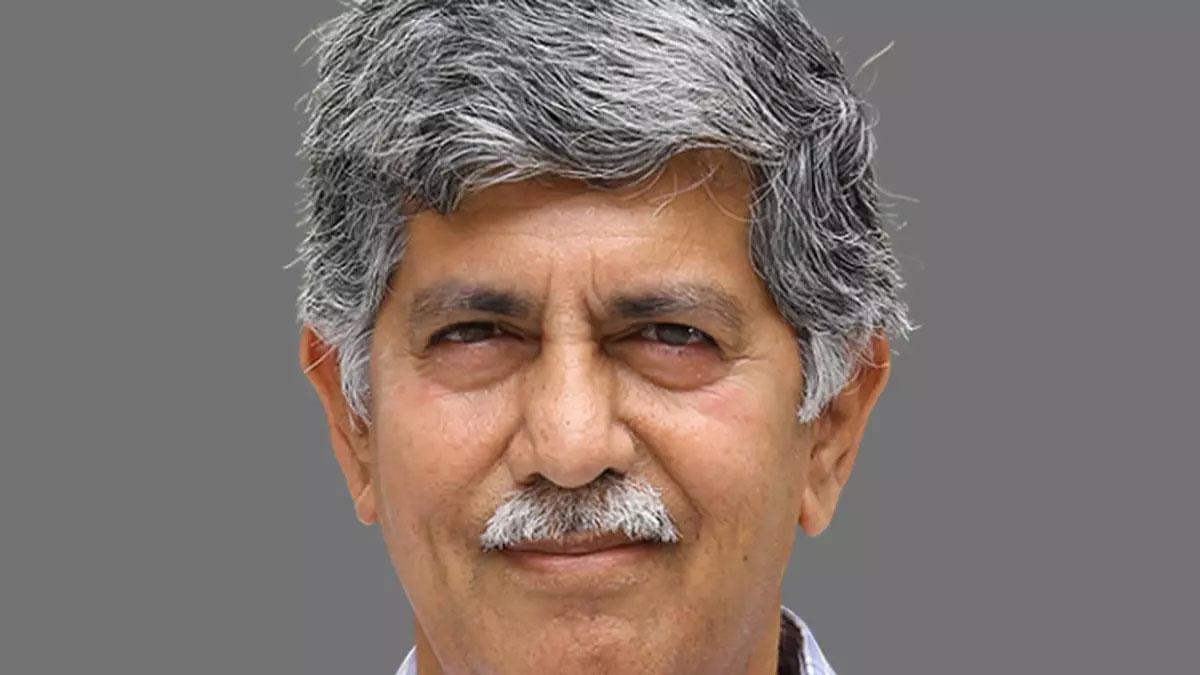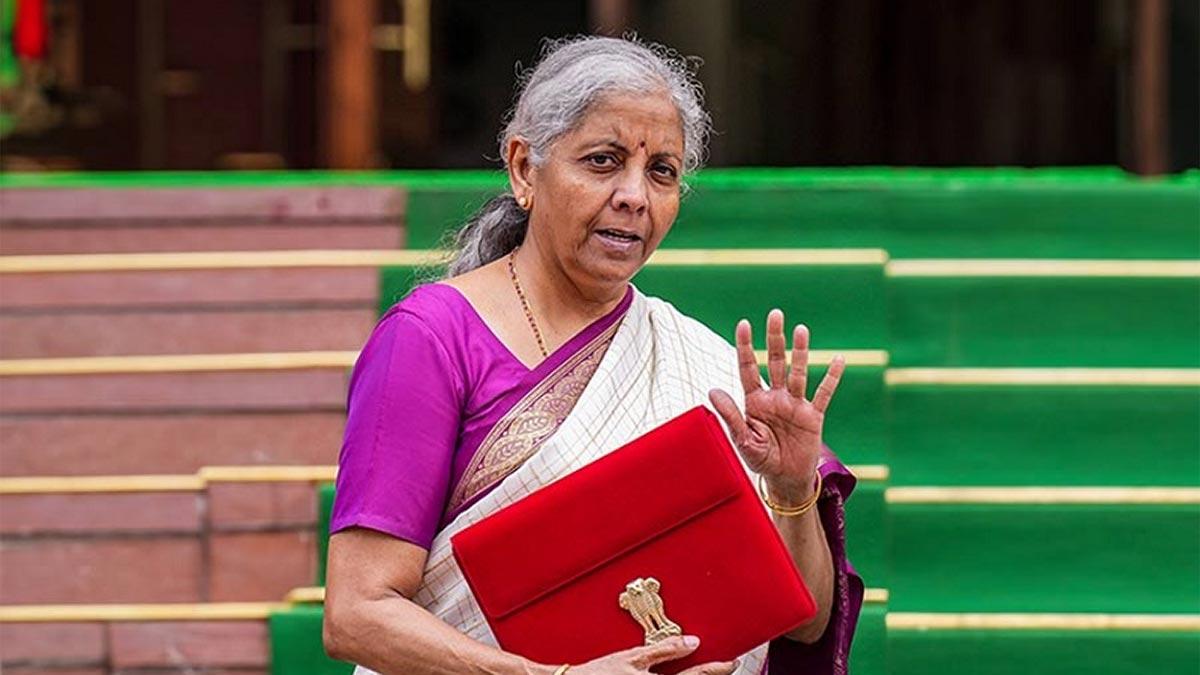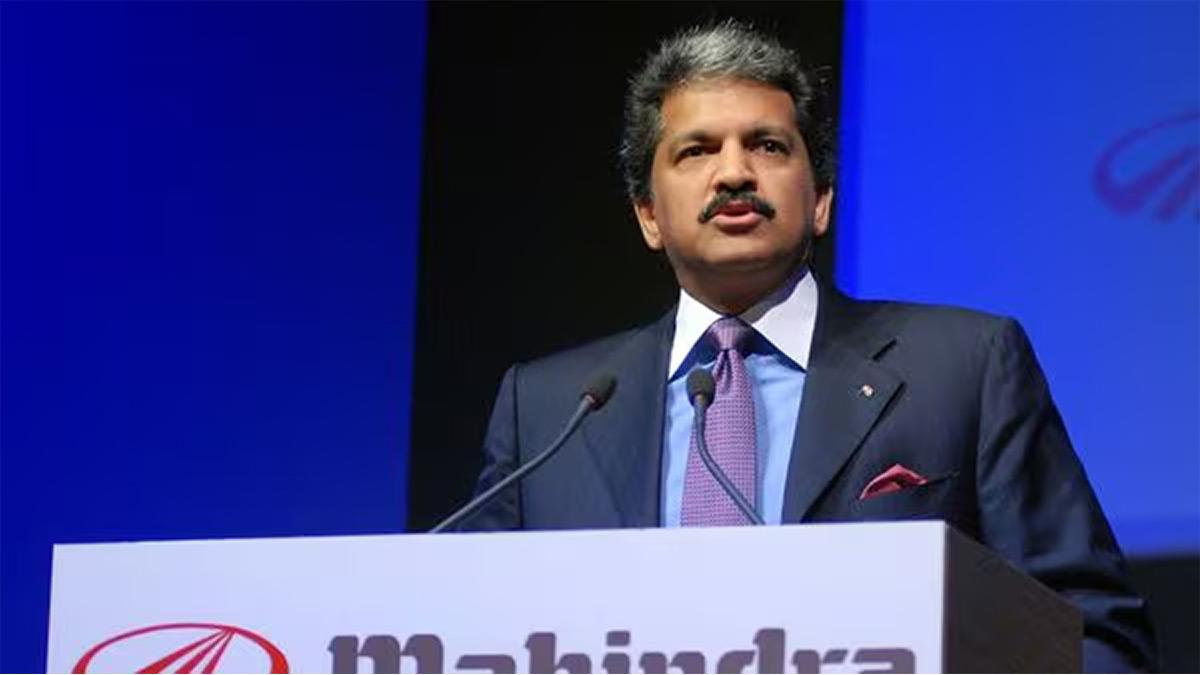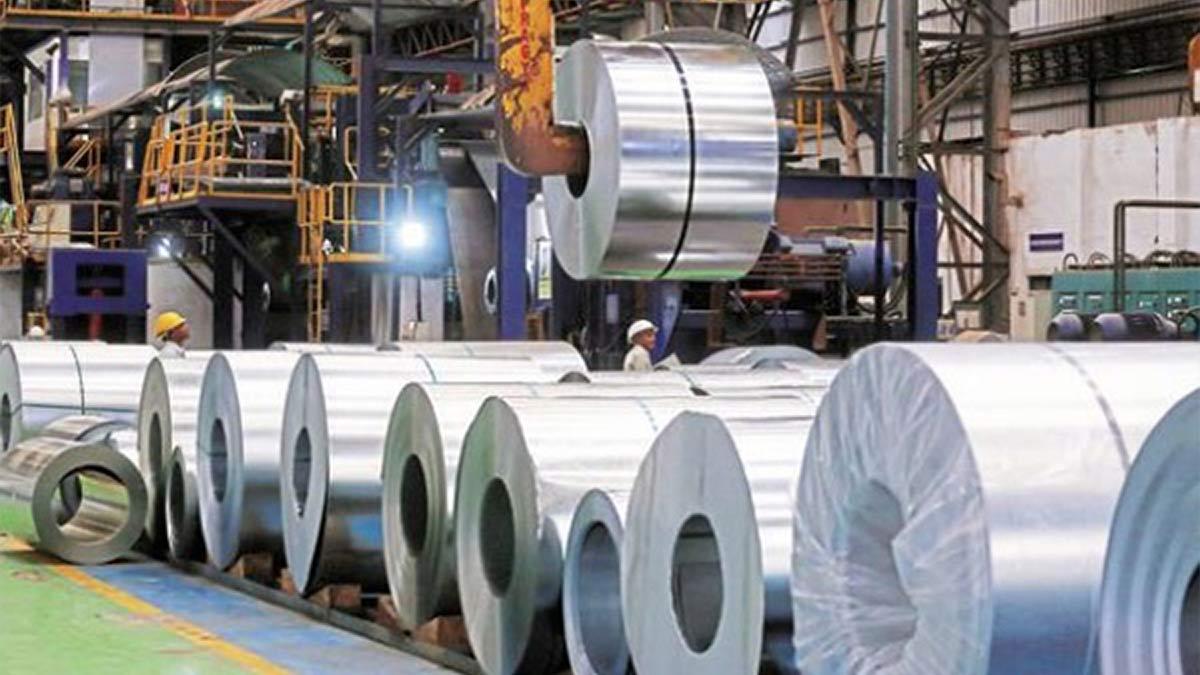Maintaining the growth trajectory at 7 percent or above for the fiscal year 2024-25 and beyond is seen as achievable, buoyed by favorable monsoon conditions, increased agricultural productivity, and enhanced global trade, according to a member of the RBI Monetary Policy Committee (MPC), Shashanka Bhide, speaking on Monday.
For the fiscal year 2023-24, the economy is poised to grow at nearly 8 percent, driven by robust performances in the manufacturing and infrastructure sectors.
Bhide emphasized that the current year's growth is likely to be supported by agriculture, benefiting from favorable monsoon patterns and improved global trade dynamics. He expressed confidence in sustaining the growth momentum of 7 percent.
However, Bhide cautioned about potential headwinds, particularly concerning the global environment. He highlighted the sluggish pace of global demand recovery and disruptions in the supply chain, exacerbated by unresolved geopolitical conflicts, which could pose significant challenges to both demand and input prices. Additionally, Bhide stressed the importance of mitigating the adverse effects of extreme weather events on output.
The International Monetary Fund (IMF) has revised India's growth forecast upward to 6.8 percent for 2024, citing robust domestic demand and a growing working-age population. Similarly, the Asian Development Bank (ADB) raised its GDP growth projection for the current fiscal to 7 percent, driven by investment demand from both the public and private sectors, along with an improving consumer demand outlook.
In addressing long-term solutions for high food prices, Bhide underscored the importance of investing in market infrastructure and modernizing agricultural markets to enhance supply responsiveness to changing demand dynamics. He emphasized the need for productivity improvements to achieve food price stability.
Regarding inflation, Bhide noted that it has remained above policy targets in several countries, with differing growth conditions across nations. He emphasized the importance of prioritizing measures to bring down inflation rates to target levels, which may necessitate maintaining restrictive monetary policies.
RBI Governor Shaktikanta Das projected inflation to moderate to 4.5 percent in 2024-25, down from 5.4 percent in the previous fiscal year and 6.7 percent in 2022-23.
Addressing concerns about the slowdown in foreign direct investment (FDI) inflows to India, Bhide attributed the recent deceleration partly to the sluggish pace of global demand recovery. He emphasized India's attractiveness for FDI due to policy reforms and its rapidly growing economy.
Regarding the "China-plus one" strategy, Bhide noted India's efforts to attract investments in emerging opportunities, particularly in technology and energy sectors. He highlighted the attention garnered by India's strategies focusing on both domestic and global demand.
FDI inflows to China have witnessed a significant decline, with various countries such as the US, Canada, Mexico, Brazil, Poland, and Germany experiencing gains in global market share amidst this shift.
Read also | Gujarat's Economic Impact: FM Sitharaman Highlights Contribution to National GDP
Read also | Apple's Potential to Create 500,000 Jobs in India Within 3 Years


















